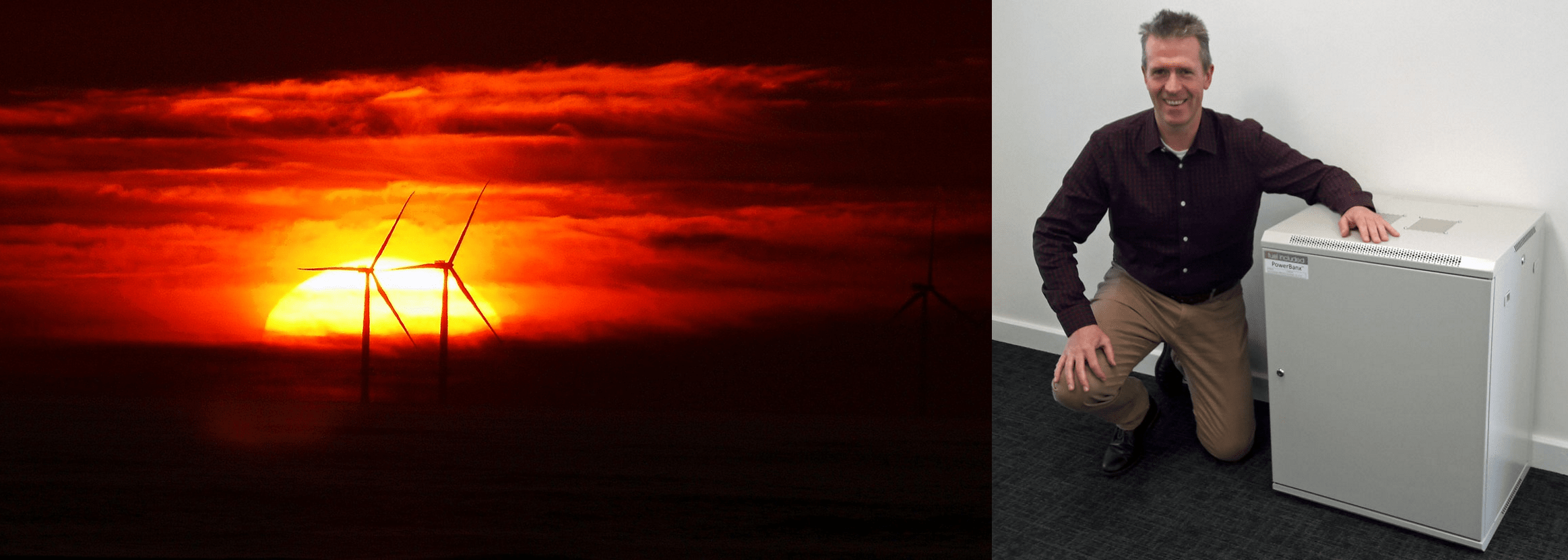There are a number of reasons to expect residential storage will continue to break records in 2018.
As the utility industry comes to grips with the coming of age of energy storage, residential storage also is ramping up. According to the latest quarterly update of the U.S. Energy Storage Monitor from GTM Research/ESA, the residential storage increase in the 4th quarter of 2017 was the highest on record and combined behind the meter energy storage for all customer categories accounted for 55% of the additions during 2017.

California and Hawaii lead the country for residential deployments in the 4th quarter, and GTM is predicting a breakout year for storage of all types in 2018. Falling costs and favorable regulatory policies are part of the equation. No doubt, FERC’s hugely significant decision that outlines a path for integrating energy storage resources into the U.S. wholesale markets is a big part of the optimism. However, GTM also suggests that storage may be negatively impacted by the tariffs imposed on solar cells and modules in early 2018.
Despite the solar tariff issue, there are a number of reasons to expect residential storage will continue to break records in 2018. For one, the IRS issued a Private Letter Ruling in March (PLR 201809003) that permitted a customer to take the 30% solar Investment Tax Credit (ITC) for a storage system retrofitted to an existing solar PV system. Previously, residential storage retrofits could not claim the ITC. Consequently, we could see a significant uptick in the demand for retrofit targeted storage systems.
Read more: T&D World


